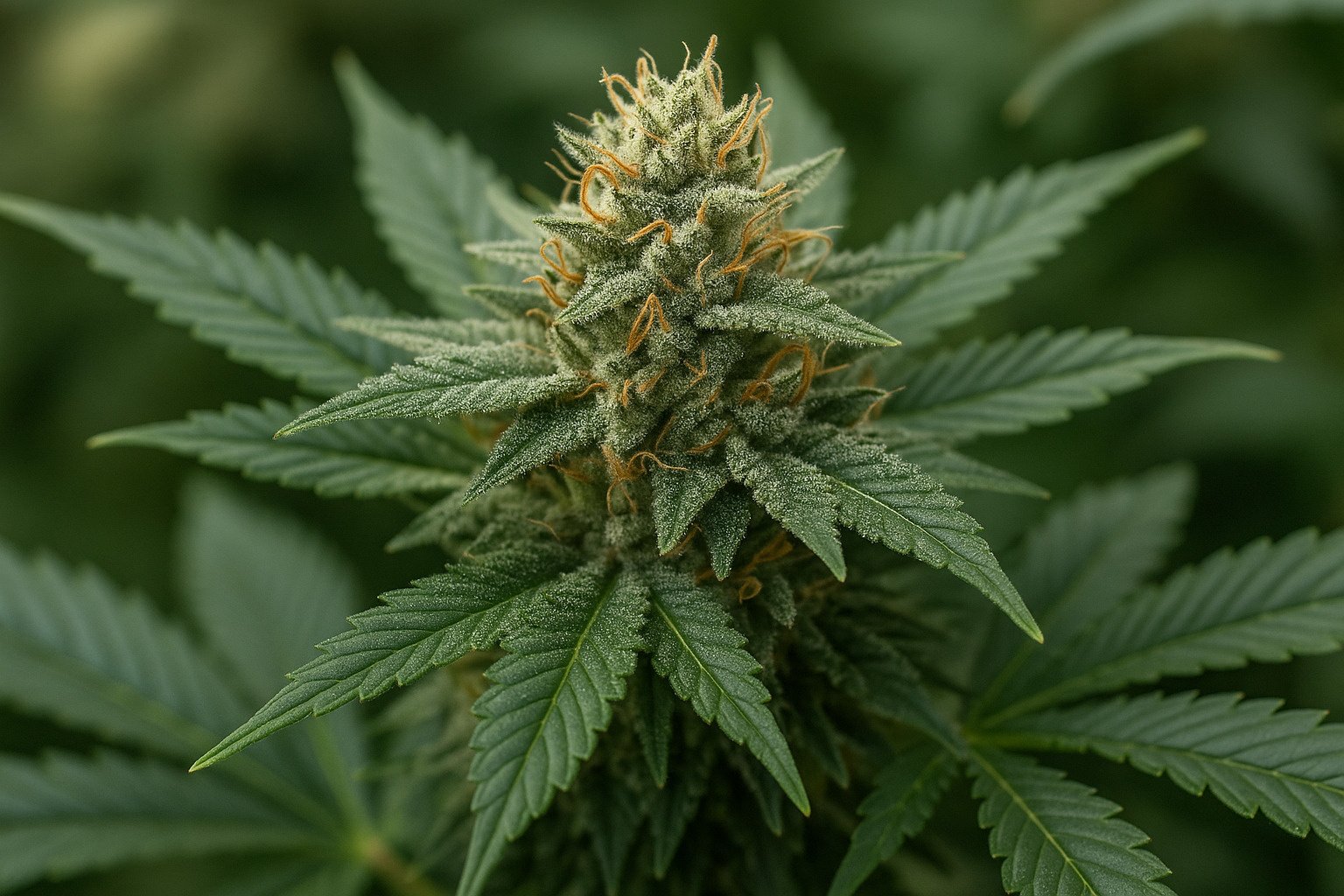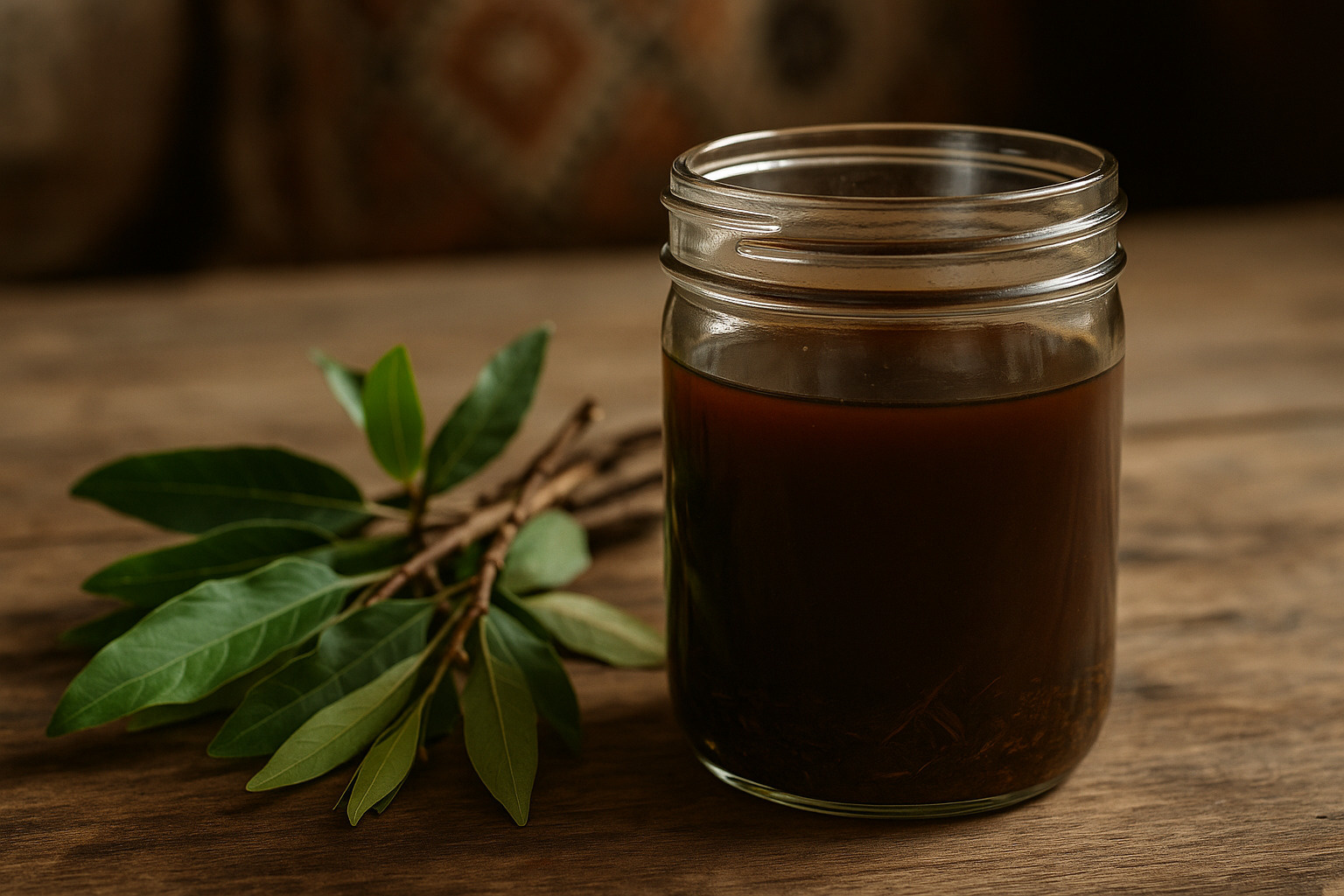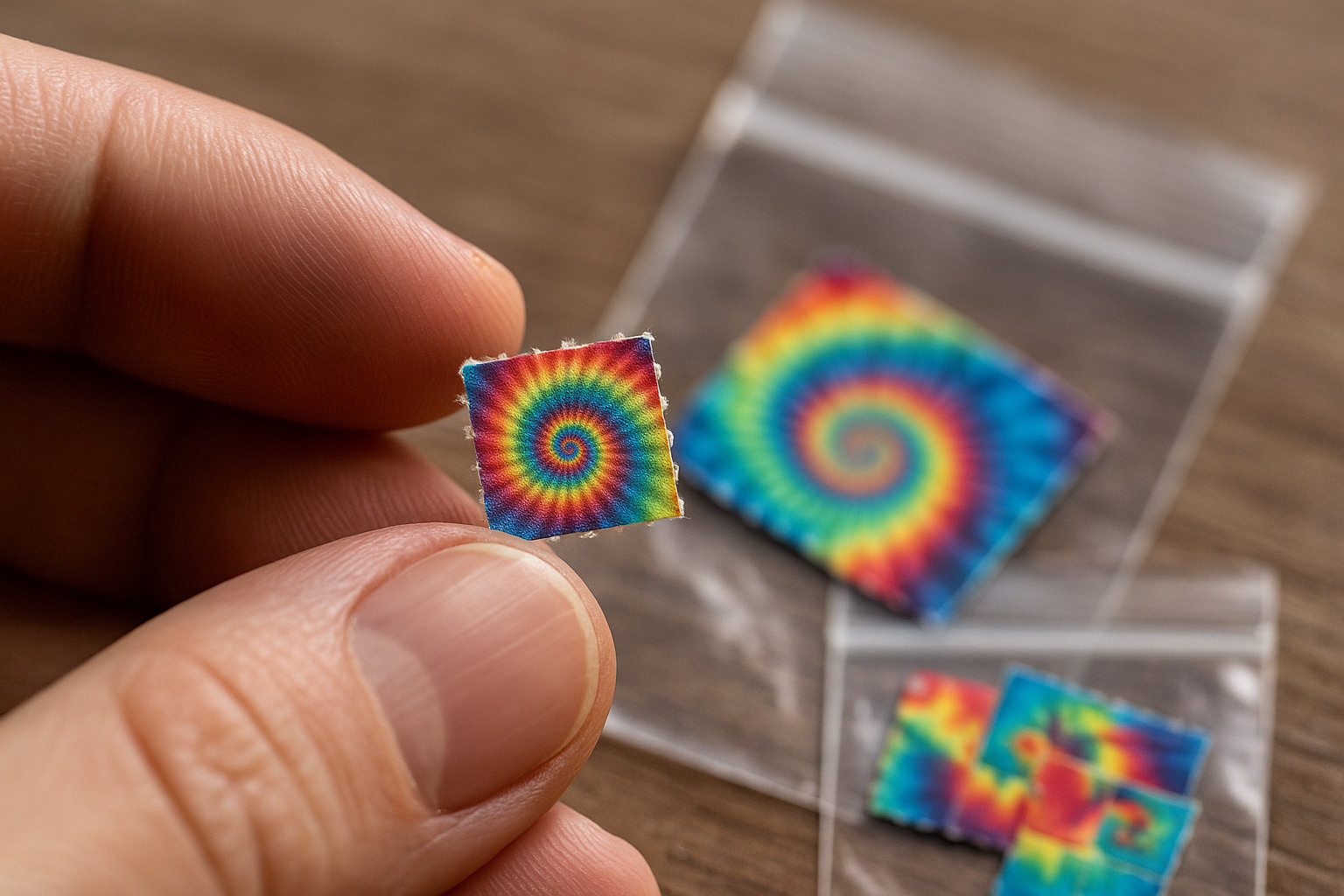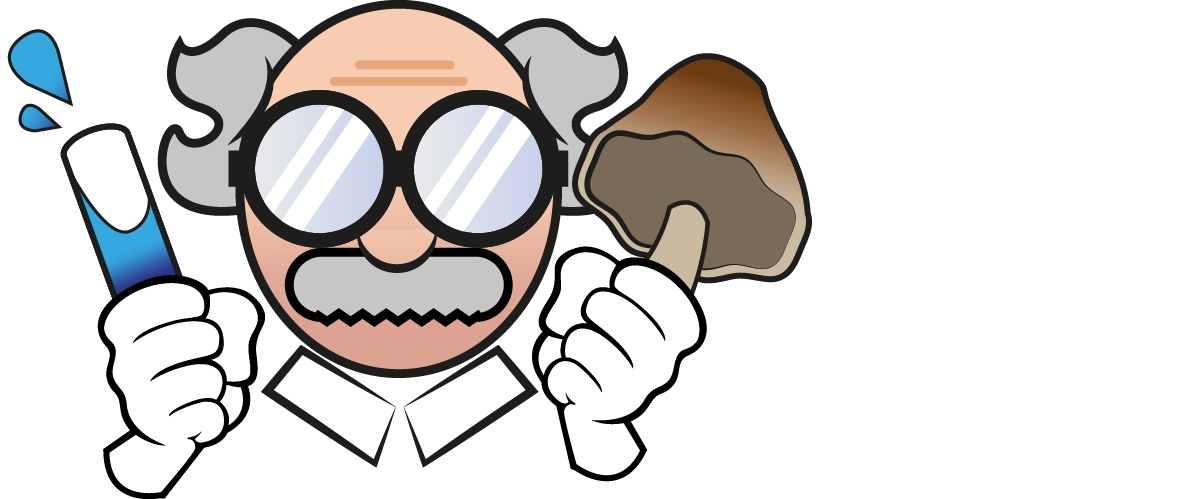How to Choose the Right Psychedelic for You
If you're interested in psychedelics but don't have any experience yet, it can be difficult to make an informed choice. Some people are immediately drawn to a specific substance like LSD, magic mushrooms, ayahuasca, or cannabis. For others, it's less obvious. In this blog post, we provide general information about various psychedelics. This information is intended for educational purposes only and is not intended to encourage use.
Which psychedelic is right for you?
The effects of psychedelics vary greatly between substances and between individuals. Therefore, it's essential to be well-informed beforehand. Only use psychedelics if you are mentally stable, have no contraindications, and never without expert guidance.
For any substance, read the scientific information, determine your motivation, and ensure a safe environment. An important concept in the psychedelic world is "set and setting". This refers to your mental state (set) and the physical and social environment (setting). Read more about set and setting here.

Cannabis
Although cannabis is often not considered a classic psychedelic, it does have psychoactive properties. The active ingredient THC influences mood, perception, and cognition. Source: NIDA – National Institute on Drug Abuse
For some novice users, cannabis can be an accessible introduction to altered states of consciousness. However, this also applies here: use can cause negative psychological effects, especially in people predisposed to anxiety, depression, or psychosis.
Magic mushrooms (psilocybin)
Psilocybin, the active ingredient in magic mushrooms, affects serotonin in the brain and can cause hallucinations, altered perception of time, and profound emotional experiences. Source: Johns Hopkins Center for Psychedelic and Consciousness Research
If used incorrectly—especially at high doses or during a fragile mental state—magic mushrooms can lead to a "bad trip." Symptoms may include intense anxiety, panic, disorientation, and psychotic episodes. Review of bad trips, PMC 2025
Use is strongly discouraged in case of:
- mental health issues such as anxiety disorders or depression;
- use of antidepressants or antipsychotics;
- young people under 25 (risk of disrupting brain development).

Ayahuasca
Ayahuasca contains DMT and an MAOI, which leads to long-lasting, intense trips with both visual and emotional effects. In South America, it is traditionally used in a ceremonial context. In Europe, this is usually done under the guidance of a facilitator or therapist.
Important risks:
- Interaction with medications such as SSRIs can lead to serotonin syndrome, a potentially life-threatening condition.
- People with heart problems or a history of psychosis are advised against using ayahuasca. Source: CAMH - Centre for Addiction and Mental Health
Physical side effects such as nausea and vomiting are common and are interpreted ritualistically, but this does not necessarily make use safe.
LSD
LSD (lysergic acid diethylamide) is a powerful hallucinogen with an effect duration of 8 to 12 hours. Effects can range from visual hallucinations to profound reflection. LSD has low toxicity, but the psychological risk is significant, especially at high doses or when mental states are unstable. There is a risk of long-lasting, unpleasant aftereffects, such as HPPD (Hallucinogen Persisting Perception Disorder). Source: NIH
Never use psychedelics without:
- a sober, experienced trip sitter;
- a calm and safe environment;
- consult a doctor beforehand if in doubt.
Disclaimer
The information in this blog is for educational purposes and does not constitute medical advice. Psychedelics are regulated or illegal in many countries. Use carries risks, especially for people with mental or physical conditions, or if taking medications such as SSRIs.
Always consult a doctor or medical specialist before considering using substances such as LSD or ayahuasca. Do not experiment on your own initiative, and avoid use if you have any doubts about your mental state.







